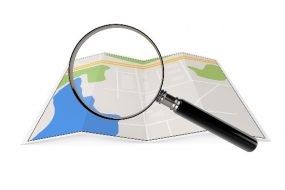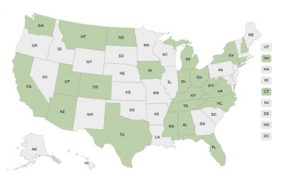CASPER Community Assessment for Public Health Emergency Response
A simple, flexible way to get information – fast

The Community Assessment for Public Health Emergency Response (CASPER) is a type of household survey designed by the Centers for Disease Control and Prevention (CDC) to provide information about a community, allowing public health and emergency managers to make informed decisions. CASPER is quick, inexpensive, flexible, and uses a simple reporting format.
A valid and reliable methodology
CASPER uses a two-stage cluster sampling methodology. Thirty clusters (e.g. census blocks) are selected, then 7 households are interviewed from each cluster.
Useful in a variety of settings
CASPER can be used during disasters and in non-disaster settings.
- Gathering information during all phases of a disaster, including the preparedness, response, and recovery phases.
- Obtaining household-level information in non-disaster situations, such as learning about household health status, including chronic health conditions.
- Assessing community knowledge about emerging infectious diseases, like Zika and H1N1.
- Learning about community awareness, opinions, and concerns about important public health subjects such as healthy homes, new coal gasification plants, community health, and radiation emergency preparedness.
How are CASPERs used in disaster settings?
Preparedness: focus on evacuation and household readiness plans, communications, and other information to tailor local emergency plans
Response: focus on the community’s immediate needs and general health status
Recovery: assess long term and ongoing needs and can evaluate response efforts

Used across the United States
CASPERs have been conducted throughout the United States. View CDC’s interactive map at https://www.cdc.gov/nceh/hsb/disaster/casper/casper_map.htm
CASPERs provide needed answers for health departments to move forward
Information gathered from disaster-related CASPERs can help emergency managers make informed decisions, allocate scarce resources, respond to specific needs in the population, provide credible information to the news media to dispel rumors, support the need for funding for recovery efforts, and plan for future disasters.
CASPER data have also been used to target communication messages and community education programs, provide
justification for grant proposals, and focus future research.
Where do I find more information about CASPER?
For more information on CASPER, visit https://www.cdc.gov/nceh/hsb/disaster/casper/default.htm or contact CDC Health Studies at 770.488.3403.
Download the fact sheet in PDF version. pdf icon[PDF – 373 KB]